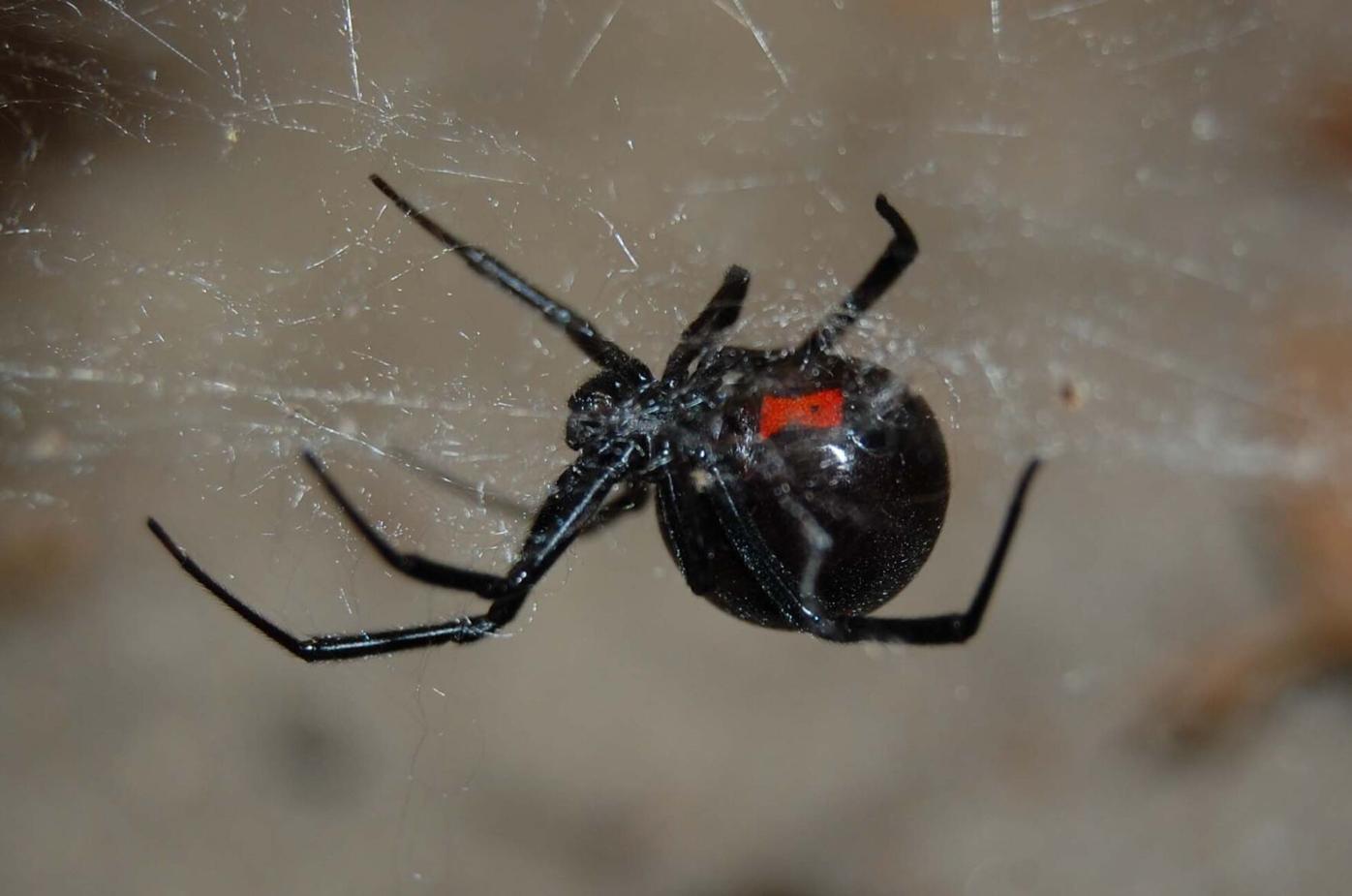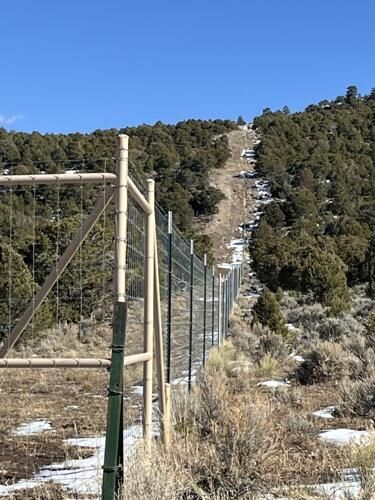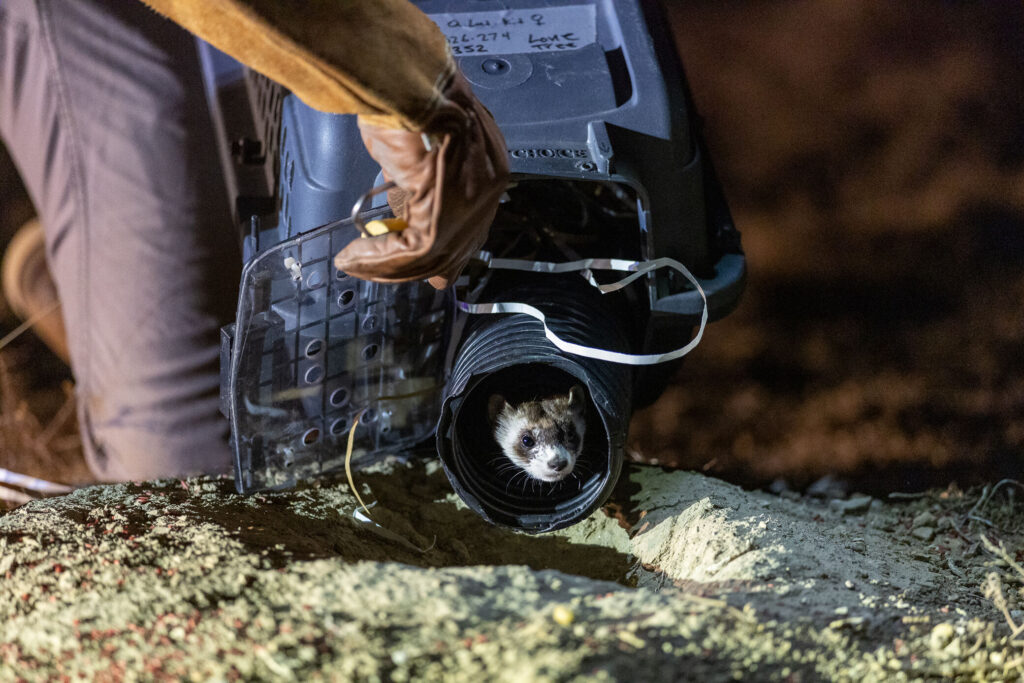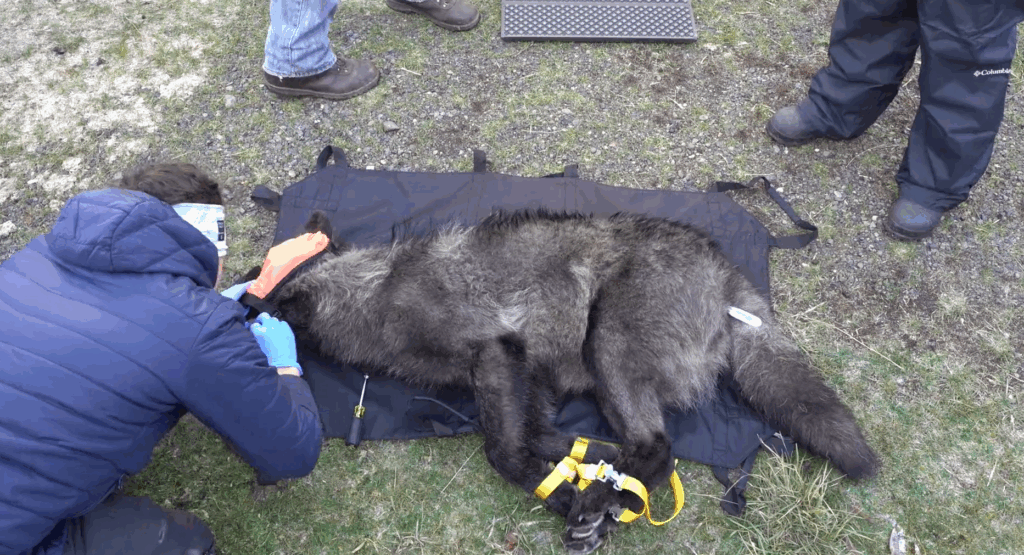Seeing more black widows in Denver this spring? Here’s why you shouldn’t panic

Paula E. Cushing, PhD
As spring rolls in, Denverites are opening sheds and brushing the dust off of kayaks, climbing gear and tents in preparation for the warm days ahead.
But before you grab your paddle, experts warn, make sure you check for black widows.
Black widows, a “timid” spider species common to the Front Range and vital to controlling insect populations, are very rarely deadly and generally don’t bite humans unless they feel trapped or threatened.
When you grab a box of gardening tools out of your garage this spring, check to avoid making a black widow feel trapped enough to bite.
Colorado users of popular websites, such as Reddit and Facebook, have been sharing their surprise in recent days as they’ve uncovered black widow spiders around their properties.
Over the last couple days, one Denver Reddit contributor shared images of a black widow that was encountered while servicing a sprinkler system. Another shared images of a spider on what appears to be gardening tools.
A 2022 9News report noted that black widow sightings seemed to be on the rise last year. Spring can be a common time to encounter the spiders, as people access items and spaces left relatively dormant over the winter months.
While spiders, especially black widows, are often seen as villains hiding away in garages and sheds waiting to go for the jugular, they play a vital role in limiting insects and aren’t quite as deadly as some seem to believe, according to Dr. Paula Cushing, the senior curator in the zoology department at Denver Museum of Nature and Science.
While people may be seeing more black widows as the season changes, it’s likely due to change in human behavior, such as going into garages and sheds for spring gear, rather than spiders themselves growing in numbers, Cushing said.
“They’re not any more common than they ever have been in this region,” Cushing said. “I don’t think their incidence is increasing, but people are getting more active as the weather warms up. They’re getting ready to get their gardening stuff out, go into their garages, do some clean-up around the house, and in doing so, they’re encountering the black widows that were there to begin with.”
Black widows are well adapted to living in dry, semi-desert habitats, such as Denver, Cushing said, and they are the only spider species in Colorado with venom “of medical importance to humans.”
Colorado’s species of black widow, Latrodectus hesperus, is very common in the Front Range, and its venom has the component lactrodectus, which humans are sensitive to, Cushing said.
The vast majority of spiders in the world do not have venom that is of concern to humans, Cushing said, because spiders are evolved to take down insects.
Black widow bites to humans are rare, Cushing said.
“Black widows are extremely timid spiders and are very unlikely to bite people unless they feel trapped and panicked,” Cushing said. “Let’s say someone’s moving a piece of equipment out of their garage and don’t realize a black widow is resting beneath or behind it and they accidentally press down on the spider. That spider will feel pretty dang trapped, so that’s when it’s going to bite.”
Generally, if a person brushes against a black widow web, the spider will run away, Cushing said. And even when they do bite, they don’t always inject their venom.
Cushing was handling a black widow at a Halloween event when it bit her, she said, but didn’t envenomate her. Black widows will usually not waste venom on people unless they feel very threatened, Cushing said.
When a black widow bites and injects venom into a human, the venom can cause “really intense” pain in the stomach, lymph nodes and joints, sweating and hypertension, Cushing said. In most healthy humans, these symptoms dissipate in about 48 hours.
“People usually won’t die from black widows, but they might wish they were dead,” Cushing said. “Apparently the pain is pretty darn intense.”
There is an “incredibly effective” anti-venom for black widows, but there is also a low risk of intense negative allergic reaction to it, so many physicians are reluctant to use it and instead treat patients for the pain, Cushing said.
Cushing knows there are spiders living in her house and she lets them live there.
A recent study done by some of Cushing’s colleagues showed that the worldwide spider population eats 400 to 800 million tons of insects each year.
“Spiders are great to have around your home to control the insect population,” Cushing said. “Spiders are keeping out biting flies and mosquitos. They’re doing me a service.”
Black widows differ from many spiders in that their diet is more varied, Cushing said. While most spiders will avoid eating biting or stinging insects, such as ants, black widows do not. They even eat vertebrates, such as small snakes and lizards, when caught in their webs.
For people who don’t want spiders in their home, the most effective way to get rid of them is to place sticky traps in places spiders are likely to be, Cushing said.
When people go to their garages, sheds and other recently untouched hiding places where spiders, especially black widows, may be hiding, they should check before putting their hands in places they can’t see, Cushing said.
“When I’m getting stuff out of my garage, before I put my hand behind a box or anything, I’m going to look to see where I’m putting my hand to make sure there’s not a black widow there,” Cushing said. “When I re-organize the rocks in my garden I’ll pull the rock up with my fingertips before I move it.”

A black widow in its web.
Black widow webs differ from other spider webs in that their silk is strong and their webs are usually “messy” cobwebs close to the ground, Cushing said. The spider usually hides in a crack or crevice near it.
The best way to avoid getting a black widow bite is to be mindful of things before grabbing them and exposing one’s skin to places, especially when digging things out of storage this spring.
Spencer McKee contributed to this report.
















